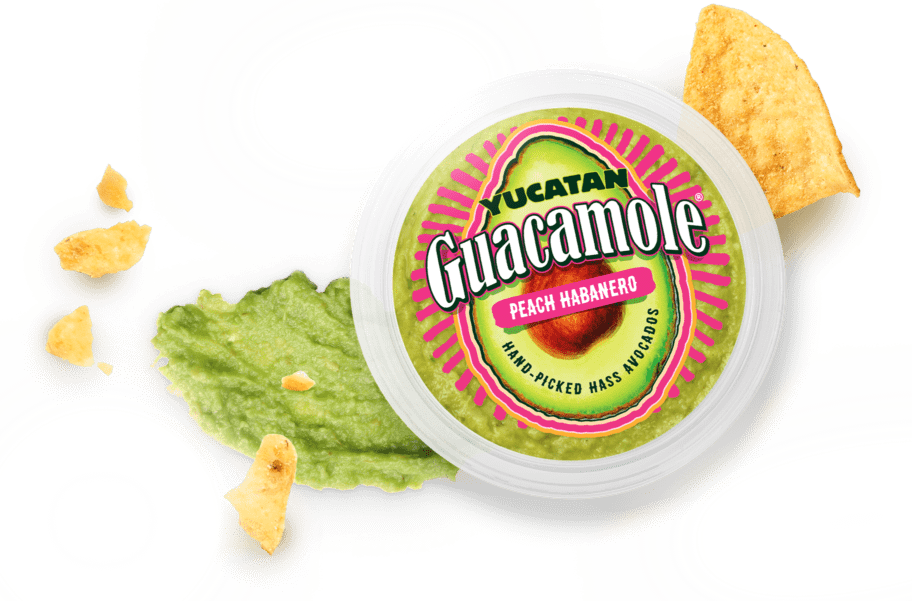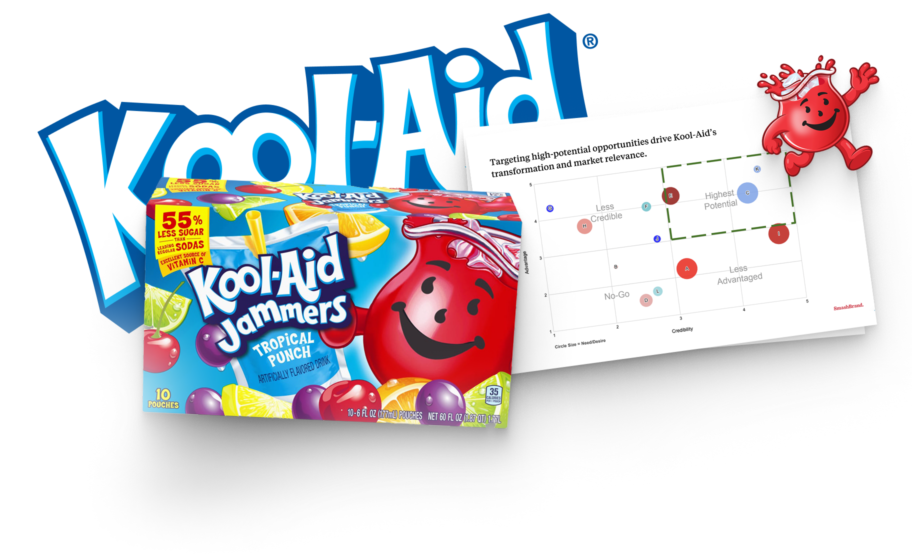Behind every shelf-disrupting blockbuster and trendsetting launch, there’s a silent engine powering success: the seamless fusion of brand strategy and innovation. When a brand strategy is grounded in consumer truth and paired with disruptive innovation, you command loyalty.
The most talked-about brand innovation is engineered with precision, layering product innovation over a rock-solid brand foundation. This dynamic duo anchors your brand positioning, ensuring your visual brand identity and narrative stand out from the clutter. Savvy teams harness branding innovation to turn incremental tweaks into category-defining leaps, proving that true innovation never rests.
In this article, you’ll discover a performance-guaranteed blueprint for aligning brand strategy and innovation to ignite growth and build a lasting brand moat. We’ll unpack how to apply data-driven frameworks to identify white space, set ingredient and formulation guardrails for product innovation, and architect a cohesive branding strategy that fuels disruptive innovation.
Establishing the strategic foundation for brand strategy and innovation.
Every successful brand strategy begins with a story that feels both logical and emotionally compelling. The first step is to articulate your brand’s purpose, explaining why your product exists, what unique benefit it delivers, and how it fits into consumers’ lives. The next step is to tap into emotional triggers (such as pride, nostalgia, and aspiration) to develop a genuine connection.
When you combine these two, you create a narrative that drives both brand awareness and brand loyalty. This storytelling foundation fuels branding innovation, ensuring each new campaign or innovative idea builds on the same core narrative.
Mapping the competitive landscape and carving white space.
A data-driven audit of shelf competitors, e-commerce players, and adjacent categories reveals hidden growth opportunities. Layer your marketing strategy with quantitative market size and qualitative trend insights. What flavors or formats are underserved? Where are incumbents over-invested in tradition?
This white-space mapping supports both your innovation strategy (by highlighting where disruptive products can land) and your broader branding strategy (by pinpointing unique messaging angles). The outcome: a clear blueprint for where to play and how to position yourself as a strong brand in a crowded field.
Developing the brand essence.
Your brand essence is a three to five-word mantra that captures the very soul of your offering and the promise you consistently deliver. This essence guides everything from visual identity to in-store signage to social media tone.
By embedding it at every touchpoint, you ensure that each new product launch or packaging refresh remains on-brand, avoiding fragmentation and strengthening brand awareness over time. When teams across R&D, design, and marketing all reference the same essence, you create a self-reinforcing loop of branding innovation that accelerates recognition and trust.
Choosing the proper archetype framework.
Archetypes personify your brand identity, giving it character and relatability. Whether you lean into the “Hero” to showcase courageous breakthroughs, the “Creator” for boundless ingenuity, or the “Innocent” to convey simplicity and honesty, your choice steers both narrative and aesthetic.
This archetype then becomes the lens through which you vet every innovative idea and product concept. This alignment supercharges your innovation strategy and also cements emotional bonds, driving deeper brand loyalty.
By combining a data-backed competitive map, a dual-layered narrative, a guiding essence, and a resonant archetype, you lay the unshakeable groundwork for both enduring branding strategies and breakthrough product innovations.
Innovation as the differentiator.
Innovation is the ultimate differentiator when executed within a successful brand strategy; it shifts perceptions, deepens brand loyalty, and unlocks new growth levers. Below, we break down five innovation levers that enable you to outpace your rivals while staying true to your brand’s purpose.
Expanding benefits and preserving recognition.
A disciplined innovation process ensures that every extension reinforces, rather than dilutes, your core equity. By mapping adjacent benefit zones (e.g., a hydration brand adding electrolyte + vitamin blends), you meet evolving consumer preferences without confusing long-time fans. Rigorous brand research and cross-functional brand management keep your new SKUs aligned with your brand purpose, so extensions feel like natural evolutions that amplify brand loyalty.
Spotlighting truly novel attributes.
Breakthrough product innovation hinges on spotting opportunities that competitors miss, such as a custom dispenser, proprietary formulation, or patentable design. Embedding these distinctions into your business and brand innovation strategy makes “me-too” impossible. When your R&D and marketing teams co-create around a bold brand purpose, every unique attribute becomes a headline, furthering both trial and long-term equity.
Riding the wave of consumer behavior.
Tapping into macro-trends, such as biohacking, gut health, or sustainable ingredients, lets you align with larger cultural movements. Insight into consumer behavior and brand research reveals which waves have staying power versus fads. Your innovation strategy then sequences launches to maximize relevance, ensuring your brand doesn’t just chase trends but shapes them.
Communicating future-ready design.
Design is your silent pitch. A clean, optimized aesthetic or a proprietary nomenclature system telegraphs modernity before a shopper reads a word. Integrated into your broader marketing strategy, these visual cues enhance the customer experience, making innovation immediately tangible and accessible.
How strategy guides innovation.
The innovation process begins by identifying where unmet consumer needs intersect with market whitespace. Through targeted audits of competitors, retail environments, and trend data, you lay the groundwork for a strong brand strategy that informs brand development, revealing the high-impact zones where your next product extension or sub-brand can thrive.
This disciplined approach, backed by robust brand management, ensures every idea aligns with your core equity and sets you on the path to innovation success.
Shaping development and launch.
Translating strategic insights into actionable briefs is where vision meets execution. By defining the “job to be done” for each concept, you create clear guardrails for R&D and design teams. Simultaneously, a layered brand communication plan elevates your key differentiators both on-shelf and online, reinforcing brand consistency and leveraging your strong brand identity to guide consumers seamlessly from awareness to trial.
Architecting for scale.
A future-proof brand architecture safeguards your long-term brand value and empowers rapid roll-outs. By structuring master brands, sub-brands, and naming frameworks to carry consistent innovation cues, you preserve clarity in the consumer’s mind.
This scalable system not only fortifies brand consistency but also accelerates subsequent launches, turning each new product into another chapter of your strong brand story.
How innovation refines brand strategy.
Innovation doesn’t just spring from strategy; it circles back to sharpen and sometimes redefine it. In the ever-evolving arena of CPG innovation, real-world breakthroughs surface new brand innovation trends that reveal fresh growth pockets and consumer needs. This feedback loop of branding and innovation ensures your roadmap stays dynamic, data-driven, and primed for tomorrow’s opportunities.
Market breakthroughs prompting strategic pivots.
When a novel format or unexpected trend breaks through, such as a viral functional beverage or an eco-friendly packaging innovation, brands must reassess their positioning to stay relevant. These breakthrough variants serve as case triggers, elevating the core story and signaling that established consumer assumptions are no longer sufficient.
By monitoring brand innovation trends and tracking early adopters, you can proactively shift your value proposition, messaging focus, or even tone of voice to ride the wave rather than play catch-up.
Portfolio evolution.
Mature lines and high-growth extensions each demand distinct approaches. For core SKUs, incremental tweaks such as limited-edition flavors or refreshed packaging graphics keep the line alive without compromising brand equity. Meanwhile, high-growth extensions require more radical leaps, often backed by deeper research and development (R&D) investment.
FMCG innovations are amplified when you pair a strategic refresh of your visual system (logo tweaks, updated color palettes) with narrative resets that spotlight new benefits. Throughout, brand innovation and packaging work hand-in-hand to ensure every SKU feels both familiar and forward-looking.
Reinforcing equity through novelty.
Every new feature or pack format sparks consumer conversation, turning trial into brand loyalty when harnessed correctly. By embedding standout innovations (such as a patented dispenser or a bioactive ingredient) into your long-term narrative, you convert fleeting buzz into lasting brand promises.
It is the essence of branding and innovation: leveraging product superiority as a springboard for deeper emotional and functional associations so that each novelty reinforces your strategic pillars and fortifies your competitive moat.
Shared enablers and constraints of brand strategy and innovation.
Innovation rarely happens in a vacuum. Behind every brand innovation example that achieves innovation success, there’s a network of enablers and constraints guiding decisions, from deep market insights to production realities.
Understanding these shared factors accelerates continuous innovation while also ensuring that each new product resonates with potential customers, reinforces your unique brand identity, and elevates your branding efforts.
Market and competitive intelligence.
Staying ahead of industry trends and rival moves is foundational for both a successful innovation and a strong brand. Ongoing audits of competitor packaging, messaging, and retail setups reveal where your marketing campaign can outshine theirs and where your branding efforts can establish new territory.
Meanwhile, decoding planogram realities and shelf-standout imperatives reveals precisely how much real estate you need to capture a shopper’s attention, translating your brand innovation efforts into shelf impact that aligns with actual shopping behavior.
Consumer insight mechanisms.
No innovation strategy is complete without listening to the end user. Concept and purchase-intent testing act as dual engines for strategic validation, enabling your team to gauge customer sentiment before investing heavily in a new product.
Continuous feedback loops from in-market trials to social listening help you refine both narrative and formulation in real-time, turning early indicators into actionable learnings and cementing branding and innovation success.
Internal assets and boundaries.
Your existing brand equity provides both springboards and guardrails for fresh ideas. Leveraging distinctive logos, color palettes, and tone of voice maintains brand consistency even as you push the envelope with brand innovation.
At the same time, respecting sacred cows, core marks, or naming rules ensures you don’t dilute your unique brand identity. When challenger ideas clash with legacy guidelines, thoughtful negotiation can turn constraints into creative catalysts for breakthrough innovation efforts.
Practical guardrails.
Budget, timeline, and production constraints often feel like obstacles, but they can fuel creative problem-solving. Tight deadlines require agile decision-making; modest budgets encourage high-impact, low-cost experiments, and substrate or print treatment limits spark inventive design solutions.
Balancing ambition with manufacturability keeps your continuous innovation pipeline both visionary and deliverable, driving innovation success without derailing your bottom line.

Nice Package
Don’t miss out on our monthly newsletter Nice Package!
Each month, we deliver a data-driven newsletter directly to your inbox, unpacking a critical topic in the FMCG & CPG industry.
"*" indicates required fields
Subscribe to
Nice Package.
SmashBrand’s Nice Package: Stay current with our latest insights
Free Resource.

CPG product repositioning guide.
Explore the five undeniable signs your CPG product needs repositioning along with strategies for leveraging consumer insights for a guaranteed market lift.
Download Whitepaper About CPG product repositioning guide.



